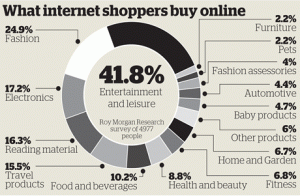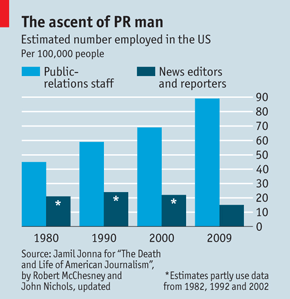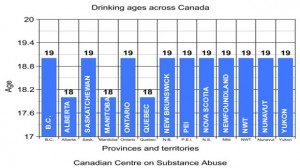That TV3 poll on racism? Bogus!
The Herald today ran this story claiming that people think New Zealand is a racist country, based on the results of a survey run for TV3’s new show The Vote. Viewers voted through Facebook, Twitter, The Vote website or by text.
I haven’t watched The Vote, but I would like to know whether its journalist presenters, presumably fans of accuracy, point out that such self-selecting polls are unscientific – the polite term for bogus. The best thing you can say is that such polls allow viewers to feel involved.
But that’s not a good thing if claims made as a result of these polls lead to way off-beam impressions being planted in the public consciousness; that’s often the way urban myths are born and prejudice stoked.
I’m not saying that racism doesn’t exist in New Zealand, but polls like this offer no insight into the issue or, worse, distort the truth.
It’s disappointing to see the Herald, which still, presumably, places a premium on accuracy, has swallowed The Vote press release whole, without pointing out its shortcomings or doing its homework to see what reliable surveys exist. TV3 must be very pleased with the free publicity, though.


